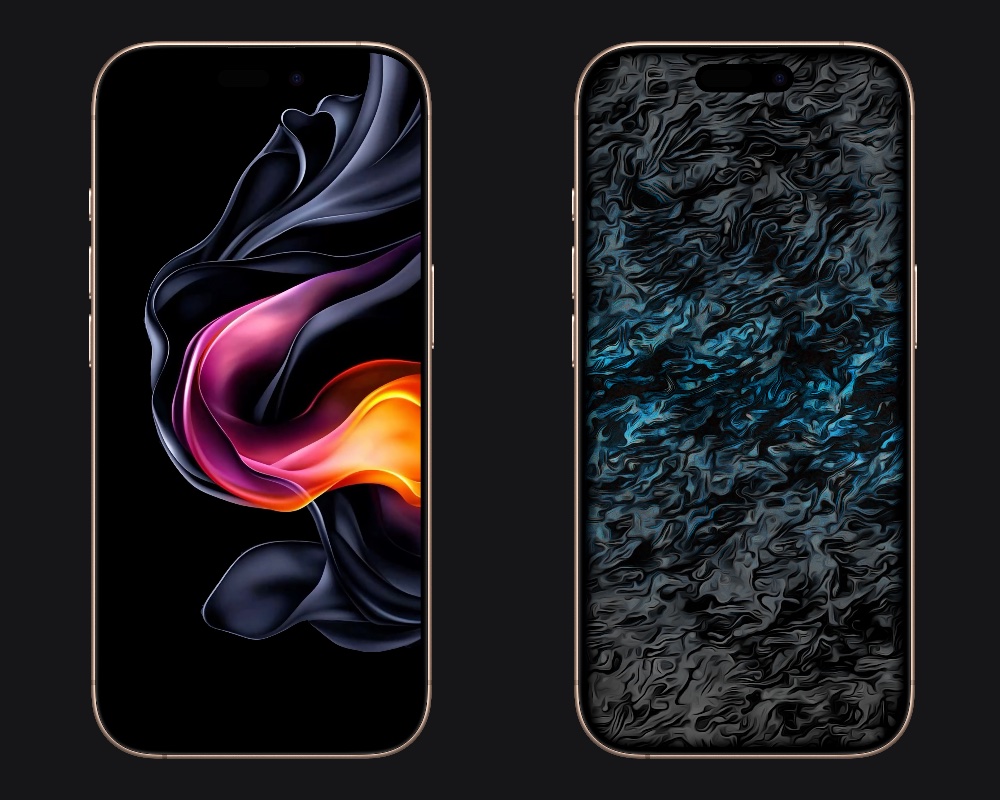If leaving Earth is no easy task, Leaving the Solar System is an even tougher goal. The minimum step required to achieve this is to overcome the gravitational pull of the Earth, the Sun, and all other celestial bodies through which the mission’s orbit passes.
Of all the missions humanity has launched into space, only five will leave the Solar System and never return: Pioneer 10 and 11, Voyager 1 and 2, and New Horizons. Currently, of the 5 probes, the Voyager 1 probe is the furthest from Earth – although it does not have the fastest absolute speed.
To terrestrial spaceships exploring the universe
Pioneer 10, one of the first such probes, was launched more than half a century ago and was the furthest spacecraft from the Sun from 1973 until 1998, until Voyager 1 surpassed it. Pioneer 10 lost its position as the second-farthest object when it surpassed Voyager 2 in absolute distance in the second half of last year. In the future, New Horizons will also surpass it.
The Pioneer 10 probe was launched with an array of instruments, and one of its scientific goals was to be the first spacecraft to visit Jupiter and collect data from it. He performed First images close to Jupiter bring unprecedented insight and data about the composition and structure of the largest planet in the Solar System.
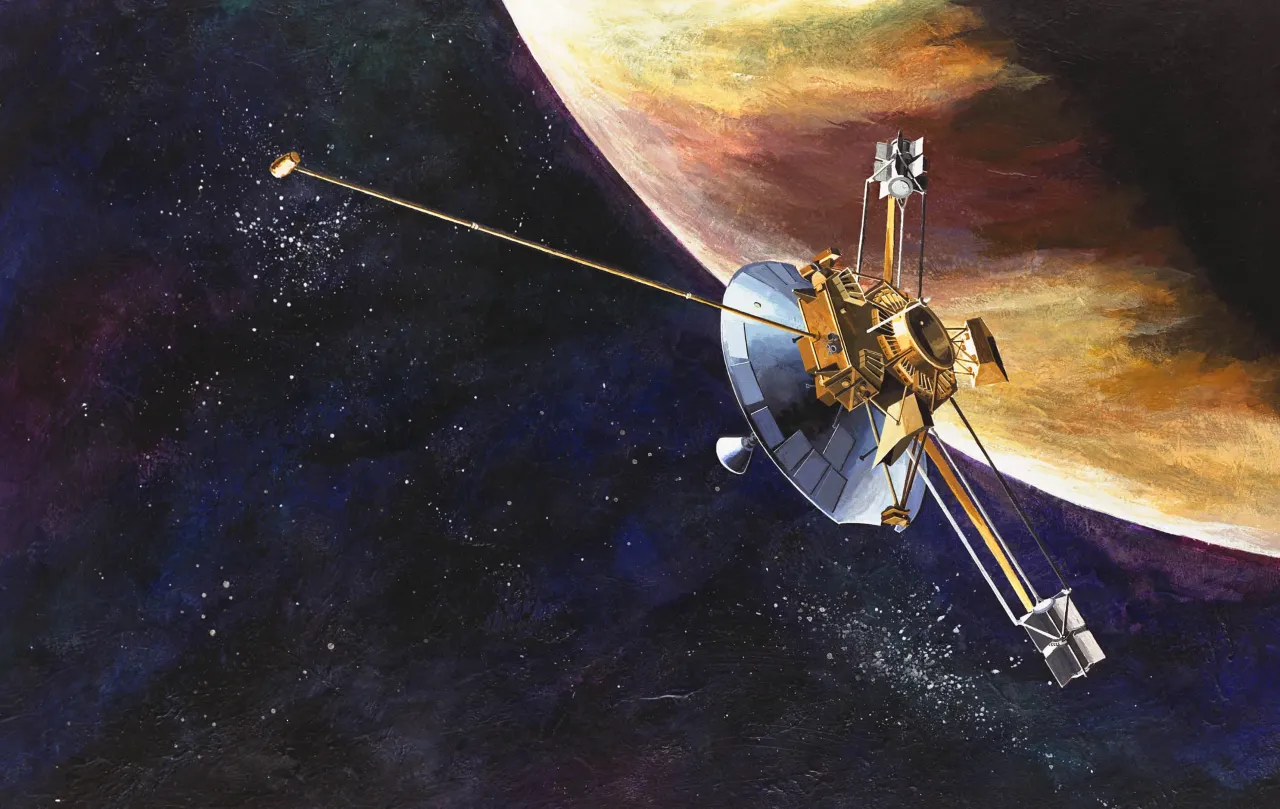
The most notable fact about Pioneer 10’s orbit It was during one of these gravitational encounters with Jupiter that it gained nearly the maximum possible speed.. After reaching Jupiter orbit in late 1973, it became the first spacecraft to achieve escape velocity in the Solar System following a maneuver known as a gravitational slingshot.
Launched in 1973 and following in the footsteps of its predecessor, Pioneer 11 passed through the Jupiter moon system and arrived in 1979, also using gravity as an assist maneuver to take it to Saturn.
While first exploring the Saturn system, planetary science, he discovered one of its moons, Epimetheus, which nearly collided, avoiding collision by only 4,000 kilometers. Despite these gravitational encounters, Pioneer 11 is the slowest of the 5 probes.
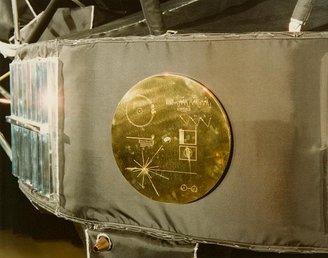
Released in 1977 The Voyager 1 probe is currently the farthest from Earth: 24 billion kilometers from home. One of the notable facts of Voyager 1, which has scientific purposes such as studying the systems of Jupiter and Saturn, is that it carries on board a gold-plated copper disk containing a presentation for other civilizations with 115 images, 35 natural sounds, greetings in 55 languages. languages and quotes from different songs.
In 2012, Voyager 1 crossed the boundary of the heliosphere (a protective solar wind “bubble” that extends far beyond Pluto’s orbit). Its sister probe, Voyager 2, was launched in 1977 and achieved the same feat in 2018. These probes were pioneers in analyzing the nature and extension of this structure.
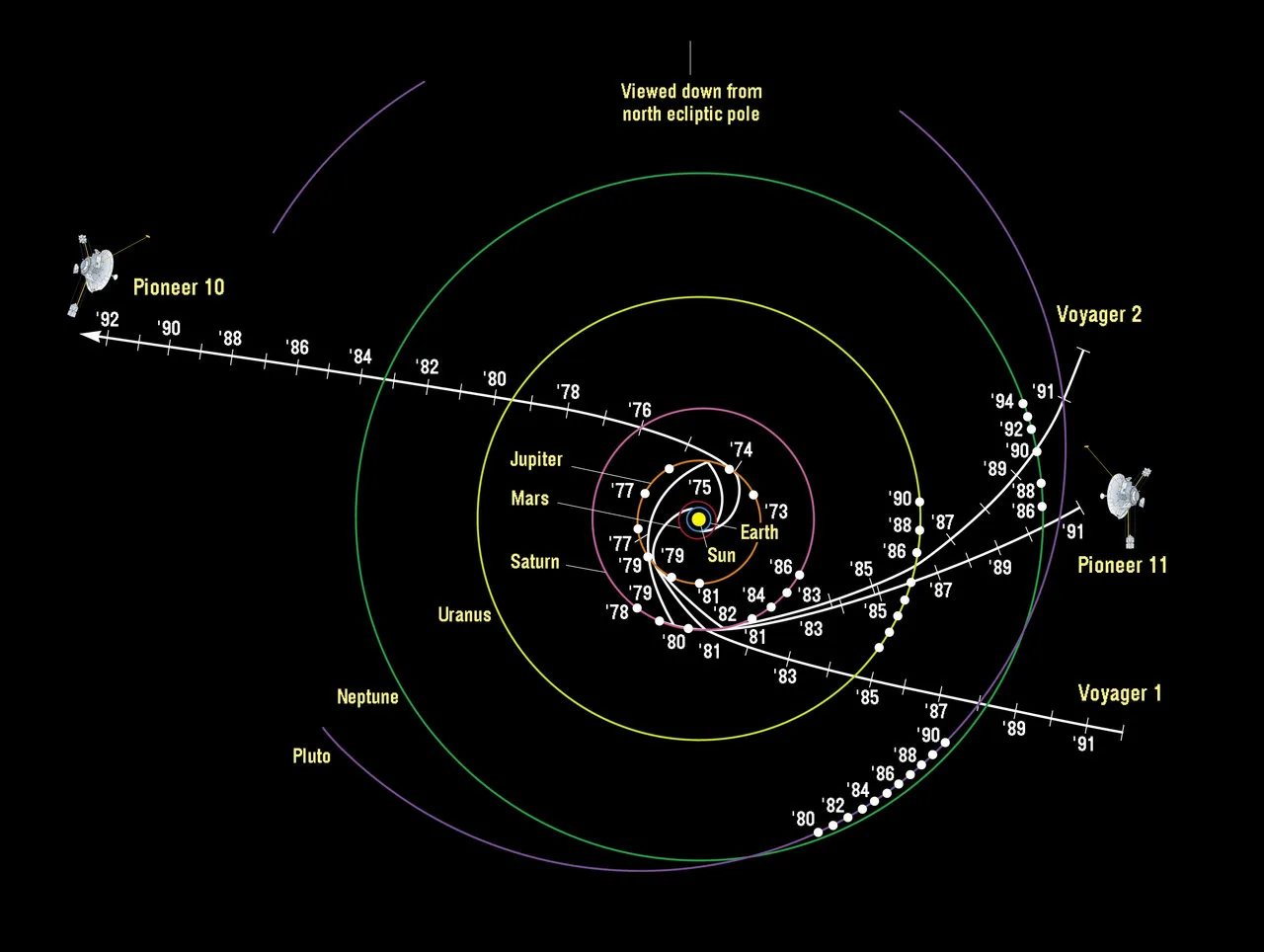
Voyager 2 made a grand tour of the Solar System. Zooming in on each of the four gas giants and photographing their planetary, moon and ring systems. To achieve this feat, Voyager 2 was initially launched into a slower orbit than Voyager 1.
Finally, in 2006, the New Horizons probe became the fastest space object ever launched into space. New Horizons reached the dwarf planet in July 2015 with the scientific goal of studying the Pluto system and Kuiper belt, analyzing the planet’s icy features for the first time in history, including multiple layers of its atmospheric layers and its surface.
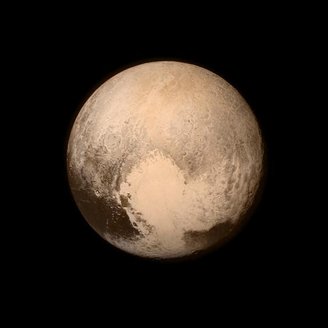
Although it used the gravitational push from Jupiter to reach Pluto, the gravitational boost was not sufficient for its speed to exceed that of the Voyager probes, which would never allow New Horizons to reach them. But in the next century, New Horizons will surpass both Pioneer probes.
Without a mission of higher goals, The Voyager 1 probe will forever remain the furthest space probe humanity has ever placed in the Universe..
Source: Tec Mundo
I’m Blaine Morgan, an experienced journalist and writer with over 8 years of experience in the tech industry. My expertise lies in writing about technology news and trends, covering everything from cutting-edge gadgets to emerging software developments. I’ve written for several leading publications including Gadget Onus where I am an author.



